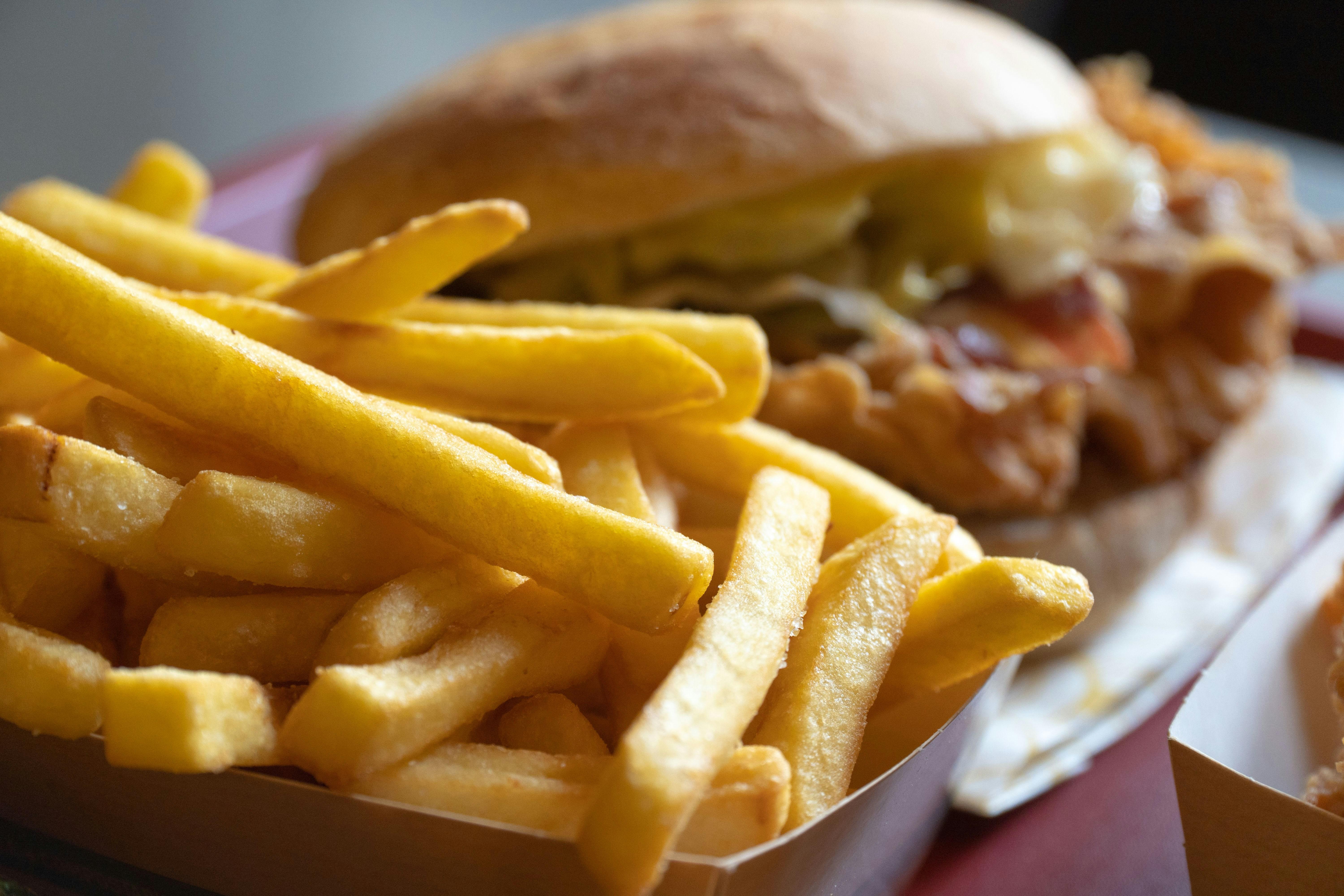In a world where convenience often trumps culinary craft, the sizzling allure of fast food chicken beckons from billboards and drive-thru menus. Yet, nestled within the cozy confines of our kitchens, homemade chicken dishes whisper promises of nourishment crafted with care. As the debate between fast food and homemade fare continues to simmer, a question arises: Is the chicken served at fast food joints as healthy as its homemade counterpart? This article embarks on a culinary exploration, dissecting the nutritional nuances and culinary practices that differentiate these two dining experiences. Join us as we delve into the world of crispy coatings and secret recipes, seeking to uncover whether the fast-paced allure of fast food chicken can truly rival the wholesome embrace of homemade meals.
Comparing Nutritional Profiles: Fast Food vs. Homemade Chicken
When it comes to evaluating the nutritional profiles of fast food chicken versus homemade, several factors come into play. Fast food chicken often prioritizes taste and convenience, frequently resulting in higher levels of sodium, unhealthy fats, and preservatives. These ingredients are designed to enhance flavor and prolong shelf life but can compromise nutritional integrity. Conversely, homemade chicken offers the advantage of control over ingredients, allowing for healthier cooking methods such as baking or grilling. This typically results in lower levels of saturated fats and sodium, while maintaining essential nutrients like protein and vitamins.
- Sodium Content: Fast food chicken is generally higher in sodium due to preservatives and seasoning.
- Fats: Fast food options often contain trans fats from frying, whereas homemade chicken can be cooked using healthier oils or methods.
- Protein: Both options are rich in protein, but homemade chicken allows for a cleaner source without additives.
- Calories: Fast food chicken is often more calorie-dense due to additional breading and frying.
Ultimately, while fast food chicken can be a tempting option for its flavor and convenience, opting for homemade chicken not only allows for a more personalized meal but often results in a healthier nutritional profile.

Understanding Ingredients and Additives in Fast Food Chicken
When it comes to fast food chicken, the list of ingredients can be surprisingly extensive. Many fast food chains use a variety of additives to enhance flavor, texture, and shelf-life. These can include sodium phosphates to retain moisture, monosodium glutamate (MSG) for flavor enhancement, and modified food starches as thickening agents. While these additives are generally recognized as safe by food authorities, their presence in fast food chicken raises questions about nutritional value compared to homemade options.
In addition to additives, the chicken itself may be processed with a range of coatings and batters that often contain a blend of sugar, salt, and artificial flavorings. These can significantly increase the calorie and sodium content, making fast food chicken a less healthy choice than its homemade counterpart. Understanding these ingredients can help consumers make informed decisions. Consider the following common additives in fast food chicken:
- Sodium Phosphates: Used to retain moisture and improve texture.
- Monosodium Glutamate (MSG): A flavor enhancer that can be controversial for some consumers.
- Modified Food Starches: Serve as thickening agents, often found in sauces and gravies.
- Artificial Flavorings: Used to mimic natural flavors, contributing to the overall taste.
Exploring Cooking Methods: Health Implications of Frying and Baking
When it comes to preparing chicken, the methods of frying and baking offer distinct flavors and textures, but they also come with different health implications. Frying chicken, especially in fast food settings, often involves submerging the meat in hot oil, which can increase the calorie content and add unhealthy trans fats. This method can lead to a crispier texture but might not be the healthiest choice for regular consumption. Fast food establishments may use oils that contain additives or preservatives to enhance taste and shelf life, further impacting the nutritional value.
On the other hand, baking chicken at home allows for more control over the ingredients and cooking process. This method typically involves less oil, reducing overall fat content while retaining moisture and flavor. Here are some benefits of baking chicken at home:
- Reduced Calorie Intake: Less oil means fewer calories compared to frying.
- Customizable Seasoning: Control over spices and herbs allows for healthier seasoning options.
- No Additives: Avoids preservatives and additives commonly found in fast food chicken.
while both methods can be delicious, baking at home generally offers a healthier alternative with the potential for lower fat content and greater nutritional benefits.

Making Healthier Choices: Tips for Enjoying Chicken on the Go
Whether you’re grabbing a quick bite during a busy day or planning a meal on the go, it’s important to consider the nutritional value of your chicken choices. Here are some strategies to help you make more informed decisions:
- Opt for Grilled: Choose grilled chicken options over fried ones. Grilled chicken is generally lower in calories and fat, making it a healthier alternative.
- Watch the Sauces: Sauces and dressings can add a lot of hidden calories and sugars. Opt for lighter options like vinaigrettes or request them on the side to control the portion.
- Balance Your Meal: Pair your chicken with healthier sides such as a side salad, steamed vegetables, or a fruit cup instead of fries or onion rings.
By being mindful of these choices, you can enjoy the convenience of fast food while still maintaining a balanced diet. Remember, it’s all about making small adjustments that can lead to healthier eating habits.
In Summary
the debate over whether fast food chicken can hold its own against the homemade variety is as much about personal choice as it is about nutrition. While fast food chains offer convenience and a consistent flavor profile, homemade chicken provides the opportunity for customization and control over ingredients. Both have their merits and drawbacks, leaving it up to each of us to decide what best suits our lifestyle and dietary needs. Whether you savor the quick satisfaction of a drive-thru meal or relish the art of crafting your own culinary masterpiece at home, the essence of enjoying chicken lies in the balance between taste, health, and personal preference. As you ponder your next meal, remember that the true secret ingredient is making an informed choice that aligns with your values and nourishes your body.




